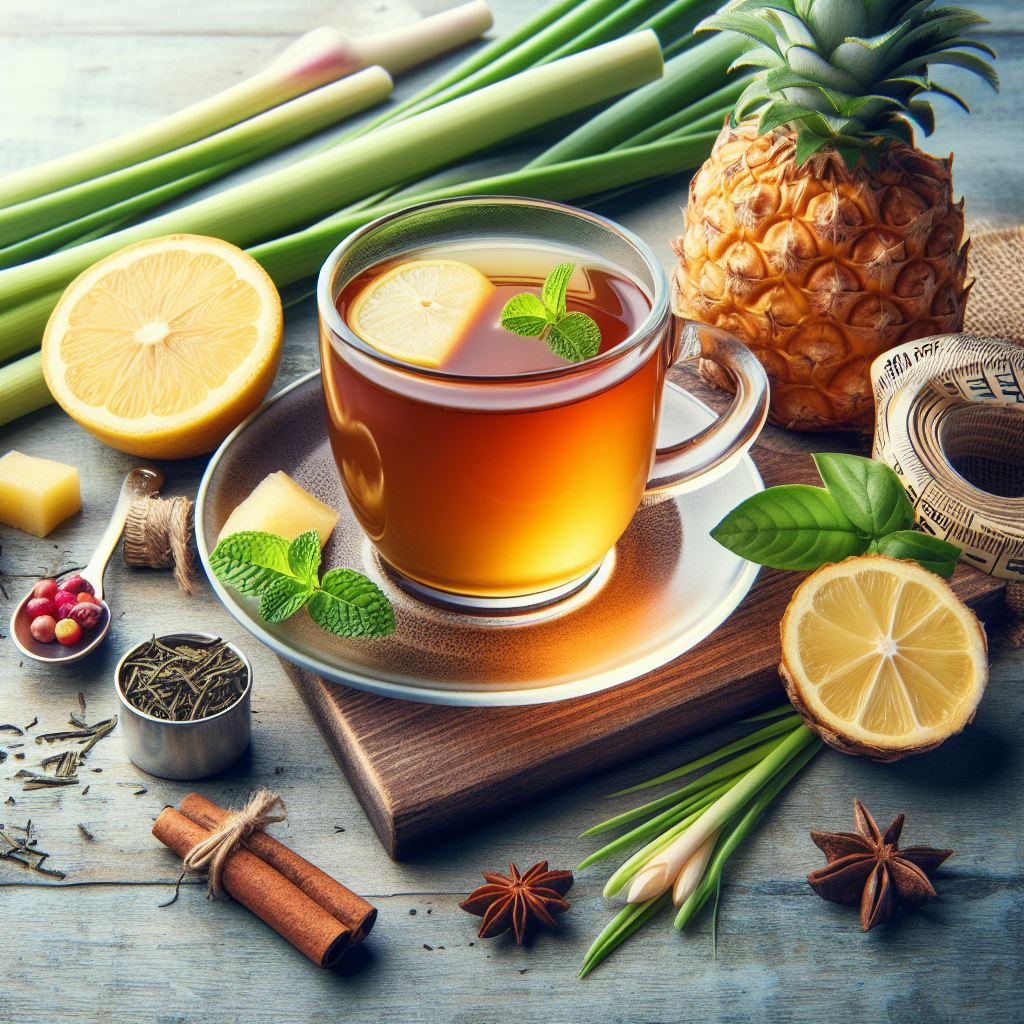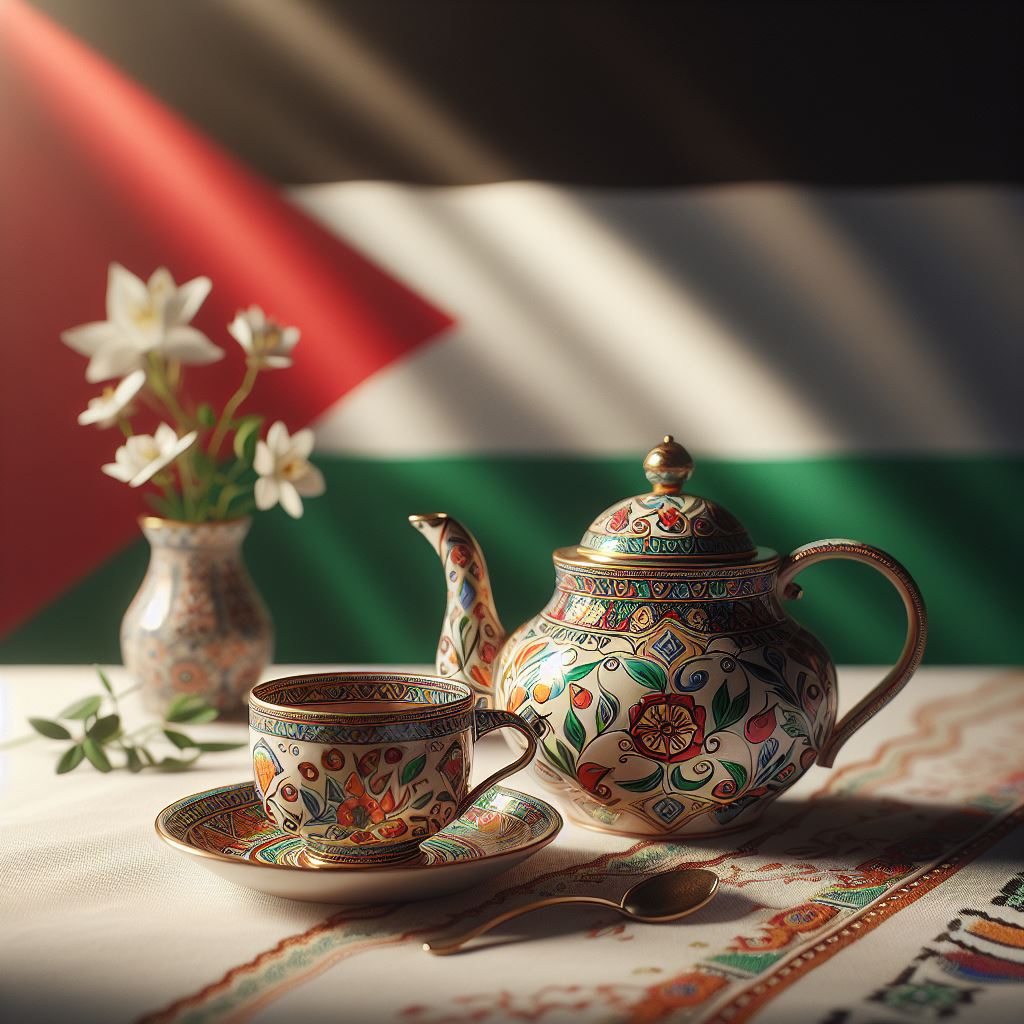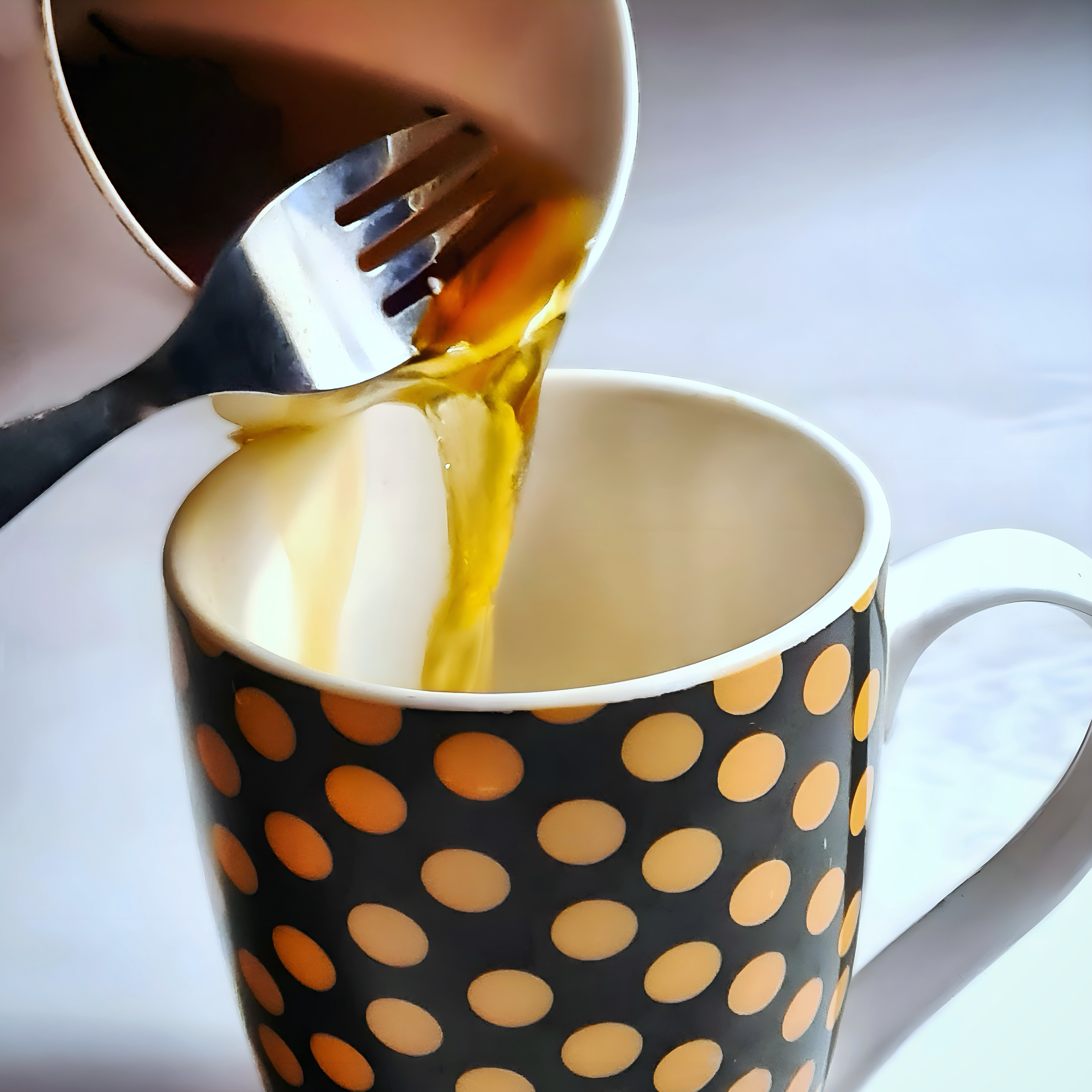Are you looking for a unique and healthy drink to try? You might want to try mung bean tea! Not only is it nutritious and healthy, but it’s easy to make at home too! The Mung bean drink, also known as Mung bean tea is a traditional Asian beverage that is made from boiled mung beans and water. It has a mild and nutty flavor that can be enhanced with various other tasty ingredients.

Mung Bean Tea
Mung bean tea is a great caffeine-free alternative to coffee or caffinated teas, making you feel refreshed and energised for the day! It is also a great way to use up any leftover mung beans that you have in the cupboard. For me, I just love finding new ways to use up old and weird ingredients for tea. So here we are, making mung bean tea!
They are also ideal to make tea with since they are versatile and inexpensive, and you can find them in most Asian grocery stores or online. Read on and I will show you how to make mung bean tea at home, with some tips and tricks to make it even more delicious and fun. Let’s get started with the ingredients and equipment!

Ingredients
- 1/4 cup of dried mung beans
- 4 cups of water
- Optional flavorings, such as ginger, honey, or lemon
Equipment
- A saucepan
- A strainer
- A teapot, pitcher, or heatproof container
How to Make Mung Bean Tea:
Now that you have everything you need, let’s get started. This recipe is very easy to make, however, it does require soaking the beans for at least an hour. So make sure you have enough free time to prepare it. To make this tea, just follow these simple steps::
Step 1: Rinse the Mung Beans
To get started, you will need to prepare and cook the mung beans. You will need to first rinse them to remove any dirt or impurities. You can do this by placing the mung beans in a colander and running them under cold water until the water runs clear. Alternatively, you can soak the mung beans in a bowl of water for a few minutes and then drain them. Rinsing the mung beans will also help them cook faster and more evenly.
Step 2: Soaking
The next step is to soak the mung beans in water for at least an hour or overnight. This will help soften the beans and make them easier to digest. Soaking will also help release some of the nutrients and flavor from the beans. To soak the mung beans, simply place them in a large bowl and cover them with water.
You can use room temperature or cold water, but avoid using hot water, as this can make the beans mushy. You can also add a pinch of salt or baking soda to the water to help speed up the soaking process and reduce the gas-producing effects of the beans.
Step 3: Boiling
The third step is to boil the mung beans in water until they are soft and tender. This will take about 20 to 30 minutes, depending on the size and freshness of the beans. To boil the mung beans, transfer them to a saucepan and add enough water to cover them by an inch. You can use the same water that you used for soaking for more taste, or you can use fresh water.
Bring the water to a boil over high heat, and then reduce the heat to medium-low and simmer the beans until they are done. You can check the doneness of the beans by tasting one or by pressing it between your fingers. It should be soft but not mushy. You can also adjust the water level as needed, by adding more water if the beans are too dry, or by boiling off some water if the beans are too watery. You can also add some salt or sugar to the water to enhance the flavor of the tea.
Step 4: Optional Flavorings
The fourth step is to add any optional flavorings that you like to your mung bean tea. You can do this either during or after the boiling process, depending on your preference. Some of the most common flavorings for this tea are ginger, honey, and lemon, but you can also experiment with other ingredients, such as cinnamon, cardamom, mint, or vanilla. Here are some suggestions for adding flavor to your your tea:
- Ginger: Ginger adds a spicy and warming touch to your tea. It also helps improve your digestion and fight inflammation. To add ginger to your mung bean tea, you can either slice or grate some fresh ginger and add it to the water before or during boiling, or you can stir in some ginger powder or ginger juice after boiling.
- Honey: Honey adds a sweet and soothing touch to your tea. It also helps moisturize your throat and boost your immune system. To add honey to your mung bean tea, you can either stir in some honey to the water before or during boiling, or you can drizzle some honey over your tea after boiling.
- Lemon: Lemon adds a tangy and refreshing touch to your mung bean tea. It also helps detoxify your body and enhance your vitamin C intake. To add lemon to your mung bean tea, you can either squeeze some lemon juice into the water before or during boiling, or you can add some lemon slices or zest to your tea after boiling.
Step 5: Straining
The fifth step is to strain your mung bean tea and separate the liquid from the solids. This will give you a clear and smooth tea that is easy to drink and enjoy. To strain your mung bean tea, you can use a fine-mesh strainer, a cheesecloth, or a coffee filter (Find out How To Strain Tea Without a Strainer: 7 Easy Methods). Simply pour the tea through the strainer into a teapot or pitcher, and discard or save the mung beans for another use. You can also press the mung beans with a spoon or a spatula to squeeze out more liquid and flavor.
Step 6: Serving
The final step is to serve your mung bean tea and enjoy it hot or cold. Try garnishing your tea with some fresh herbs or fruits, such as mint leaves or lemon slices, for extra flavor and appeal. You can drink your mung bean tea as it is, or you can add some ice cubes, milk, or cream to make it more refreshing and creamy. Additionally, you can adjust the sweetness and thickness of your tea by adding more water, honey, or mung beans, depending on your taste.

Tips and Tricks
Now that you know how to make this delicious Mung bean tea recipe, you should consider certain things to make it even better. Below are some tips and tricks to help you experiment further or make your mung bean tea even better:
- You can use any type of mung beans for your tea, such as whole, split, or sprouted. However, whole mung beans will give you a thicker and richer tea, while split or sprouted mung beans will give you a lighter and smoother tea.
- You can also use other types of beans for your tea, such as black beans, red beans, or soybeans. Each type of bean will give you a different flavor and color, so feel free to experiment and find your favorite. Try ourJapanese Kuromamecha black soybean recipe for an extra nutty and earthy flavour. You could even try combining beans to make the ultimate bean tea!
- You can also add some spices to your tea, such as ginger & turmeric, cumin, or coriander, to make it more aromatic and flavorful. These spices will also add some health benefits, such as anti-inflammatory, anti-bacterial, and anti-fungal properties.
- You can also make your tea in advance and store it in the refrigerator for up to a week. This way, you can enjoy your tea anytime you want, without having to go through the whole process again. Just reheat your tea before serving, or drink it cold if you prefer.
Health Benefits of Mung Bean Tea

One of the best reasons to drink Mung bean tea is for its health benefits. Not only is it healthy, but it’s also packed with natural protein so it’s a great option for you ‘gym freaks’! Below are some of the most important health benefits of mung bean tea. You can also find out more about its health benefits on Healthline.
- Mung bean tea is high in protein, which helps build and repair your muscles, bones, and tissues. It also helps keep you full and satisfied, and prevents cravings and overeating.
- Mung bean tea is high in fiber, which helps improve your digestion and bowel movements. It also helps lower your cholesterol and blood sugar levels, and prevents constipation and hemorrhoids. Find out some of the best teas for constipation.
- Mung bean tea is high in antioxidants, which help protect your cells from free radical damage and oxidative stress. It also helps prevent aging, inflammation, and chronic diseases, such as cancer, diabetes, and heart disease.
- Mung bean tea is high in minerals, such as iron, potassium, and magnesium, which help support your blood, nerve, and muscle functions. It also helps prevent anemia, fatigue, and cramps.
- Mung bean tea is low in calories and caffeine-free, which makes it a great alternative to coffee or soda. It also helps hydrate your body and flush out toxins and waste.
Conclusion
Mung bean tea is a delicious and nutrient-packed drink that is easy to make at home. Its mild and nutty flavor will leave you wanting more every time! Especially when you enhance it with various ingredients, such as ginger, honey, or lemon.
Not only is it nice on the tastebuds, It’s also rich in protein, fiber, antioxidants, and minerals, and can help improve your digestion, lower your cholesterol, and boost your immune system. So get making this tea as soon as possible, if you’re interested. I hope you enjoyed this article and learned how to make mung bean tea at home. You should definitely try it out, and make sure to share your experiences and variations with us in the comments below. Have fun and stay healthy!
Discover More Tea-Related Articles:
- The Best Tea for Motion Sickness: 4 Natural Treatments
- How to Prepare Tea On The Go: Tips, Tools, & Techniques
- Can You Add Milk to Herbal Tea? The Best Combinations
- How to Make Black Soybean Tea – Japanese Kuromamecha
- What to Do With Old Tea Leaves And Tea Bags – 9 Useful Ways





Leave a Comment